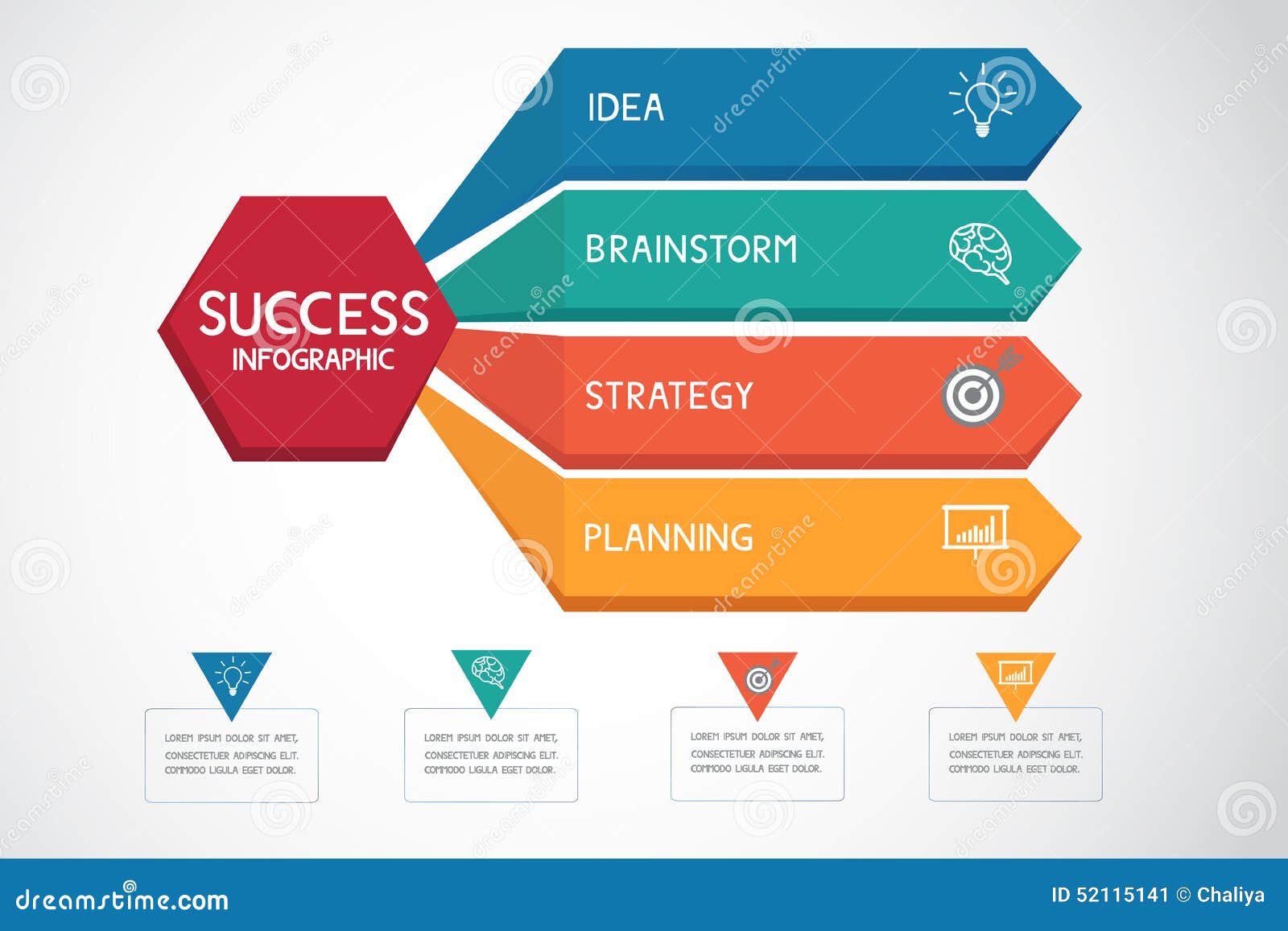Interested In Learning How Site Style Has Advanced Throughout The Years? Discover The Journey From Basic, Straightforward Layouts To User-Centric Interfaces That Focus On The Site Visitor'S Experience
Interested In Learning How Site Style Has Advanced Throughout The Years? Discover The Journey From Basic, Straightforward Layouts To User-Centric Interfaces That Focus On The Site Visitor'S Experience
Blog Article
Authored By-Collier Wong
In the past, websites were simple and concentrated on information. Navigating was direct, and style was for desktops. Now, individual experience is crucial. Data guides styles for simple navigation. Receptive designs match different devices. Today, dark mode reduces pressure, and minimal menus boost navigating. professional website content involve individuals, and strong visuals stick out. AI combination boosts engagement. See just how style has actually developed to improve your on-line trip.
Very Early Days of Website Design
In the very early days of website design, simplicity preponderated. Websites were standard, with minimal colors, fonts, and designs. The emphasis got on giving info as opposed to fancy visuals. Users accessed the net through sluggish dial-up links, so rate and functionality were vital.
Navigating food selections were straightforward, usually situated at the top or side of the web page. Websites were created for desktop, as mobile surfing wasn't yet prevalent. Content was king, and designers focused on simple readability over complex design elements.
HTML was the main coding language used, and developers had to function within its restrictions. Computer animations and interactive attributes were minimal compared to today's requirements. https://www.digitaljournal.com/pr/rubber-spatulas-market-in-2022-growth-prospects-marketing-strategies-trend-analysis-industry-concentration-ratio-product-information-technology-development-by-forecast-2028 were fixed, with little vibrant web content or tailored user experiences.
Rise of User-Focused Layout
With the evolution of site layout, a shift towards user-focused design principles has become significantly noticeable. Today, developing sites that focus on individual experience is critical for engaging site visitors and achieving service goals. User-focused style includes understanding the needs, preferences, and behaviors of your target audience to customize the web site's format, content, and includes appropriately.
Designers currently conduct complete research study, such as user surveys and use testing, to collect insights and responses straight from users. This data-driven method assists in producing user-friendly navigation, clear calls-to-action, and aesthetically enticing interfaces that resonate with visitors. By placing the customer at the facility of the layout procedure, web sites can supply a much more customized and enjoyable experience.
Receptive layout has also become an essential element of user-focused layout, ensuring that internet sites are optimized for different tools and screen dimensions. This versatility enhances availability and functionality, catering to the diverse means customers engage with sites today. Fundamentally, the surge of user-focused design represents a change in the direction of creating digital experiences that focus on the demands and assumptions of completion individual.
Modern Trends in Web Design
Check out the most up to date patterns forming web design today. One popular fad is dark mode style, using a streamlined and modern look while decreasing eye stress in low-light settings. An additional vital pattern is minimalist navigating, simplifying food selections and improving individual experience by focusing on essential elements. Including micro-interactions, such as computer animated buttons or scrolling effects, can create an extra interesting and interactive site. Responsive style remains crucial, making sure seamless user experiences throughout different devices. Furthermore, using vibrant typography and asymmetrical layouts can add aesthetic passion and draw attention to specific web content.
Incorporating AI innovation, like chatbots for consumer assistance or customized recommendations, boosts user involvement and enhances processes. Accessibility has also become a significant pattern, with developers prioritizing inclusive layout techniques to satisfy varied user requirements. Accepting sustainability by enhancing website efficiency for rate and effectiveness is an additional arising trend in web design. Teaming up with individual comments and information analytics to repeat and improve layout continuously is vital for remaining appropriate in the ever-evolving digital landscape. By accepting these modern fads, you can produce a visually enticing, straightforward web site that resonates with your audience.
Conclusion
As you assess the evolution of internet site style from the early days to currently, you can see just how user-focused layout has ended up being the driving pressure behind modern patterns.
Accept the trip of change and adaptation in web design, always keeping the customer experience at the center.
Remain existing with the current fads and innovations, and never ever quit developing your approach to produce visually spectacular and easy to use websites.
Evolve, adapt, and develop - the future of web design is in your hands.
